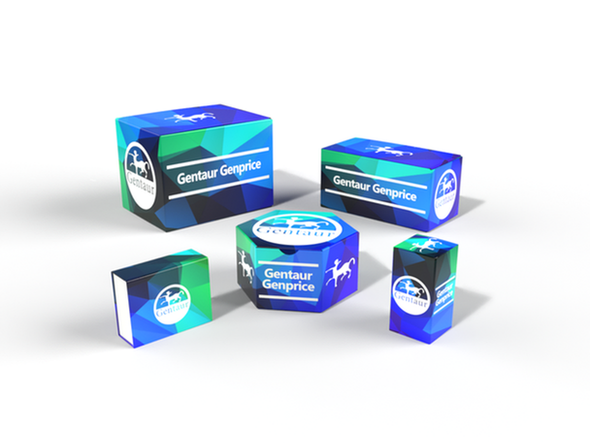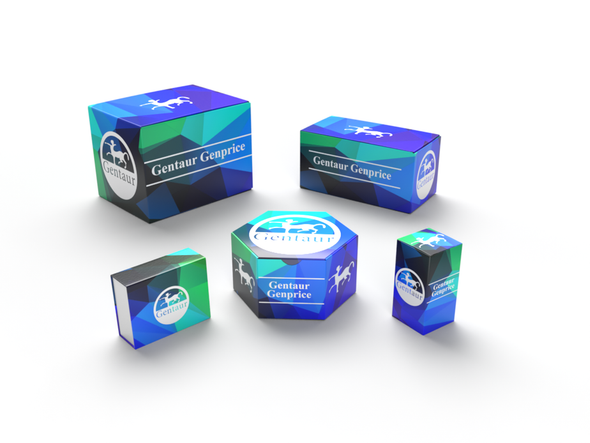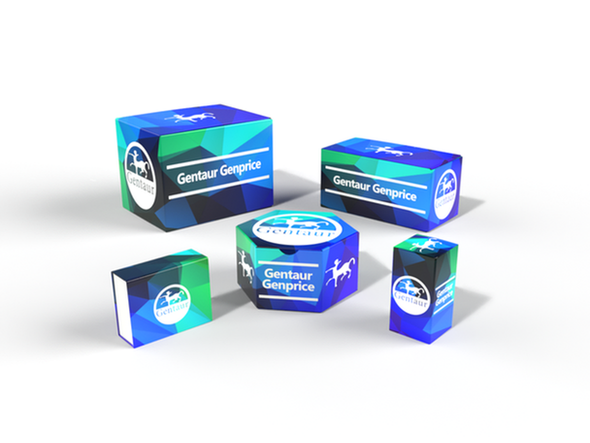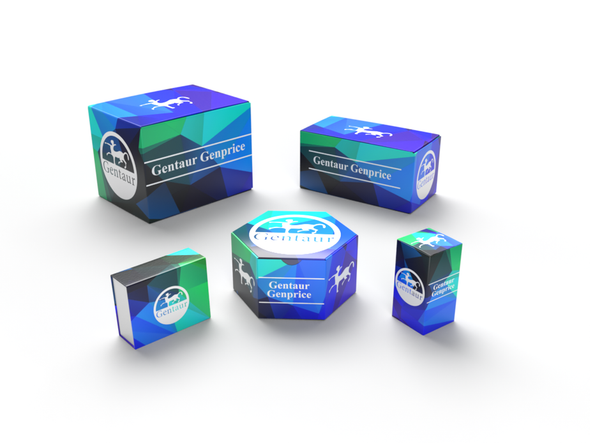Description
MORF4 Antibody | 4275 | Gentaur UK, US & Europe Distribution
Host: Rabbit
Reactivity: Human, Mouse, Rat
Homology: N/A
Immunogen: MORF4 antibody was raised against a 18 amino acid synthetic peptide from near the amino terminus of human MORF4.
The immunogen is located within amino acids 20 - 70 of MORF4.
Research Area: Homeostasis
Tested Application: E, WB, IHC-P, IF
Application: MORF4 antibody can be used for the detection of MORF4 by Western blot at 1 and 2 μg/mL. Antibody can also be used for immunohistochemistry starting at 5 μg/mL. For immunofluorescence start at 20 μg/mL.
Antibody validated: Western Blot in human samples; Immunohistochemistry in human samples and Immunofluorescence in human samples. All other applications and species not yet tested.
Specificiy: N/A
Positive Control 1: Cat. No. 1204 - K562 Cell Lysate
Positive Control 2: Cat. No. 1303 - Human Brain Tissue Lysate
Positive Control 3: Cat. No. 10-301 - Human Brain Tissue Slide
Positive Control 4: Cat. No. 17-011 - Hep G2 Cell Slide
Positive Control 5: N/A
Positive Control 6: N/A
Molecular Weight: N/A
Validation: N/A
Isoform: N/A
Purification: MORF4 Antibody is affinity chromatography purified via peptide column.
Clonality: Polyclonal
Clone: N/A
Isotype: IgG
Conjugate: Unconjugated
Physical State: Liquid
Buffer: MORF4 Antibody is supplied in PBS containing 0.02% sodium azide.
Concentration: 1 mg/mL
Storage Condition: MORF4 antibody can be stored at 4˚C for three months and -20˚C, stable for up to one year. As with all antibodies care should be taken to avoid repeated freeze thaw cycles. Antibodies should not be exposed to prolonged high temperatures.
Alternate Name: MORF4 Antibody: CSR, SEN, CSRB, SEN1
User Note: Optimal dilutions for each application to be determined by the researcher.
BACKGROUND: MORF4 Antibody: Cellular senescence is the terminal non-dividing state that normal cells enter following completion of their proliferative potential. Fusions of immortal human cell lines with each other have led to their assignment to one of four complementation groups. Mortality factor 4 (MORF4) was identified as the lead member of a family of transcription factor-like proteins that reverses this immortal phenotype. Like other members in this family, MORF4 is localized to the nucleus and possesses transcription factor-like motifs such as helix-loop-helix and a leucine zipper motif that might allow it to form transcriptionally active homo- or heterodimers. MORF4 has been shown to bind to the transcription corepressors mSin3A and TLE, suggesting that together, these complexes may play a role in transcriptional repression of genes that lead to cellular senescence.






